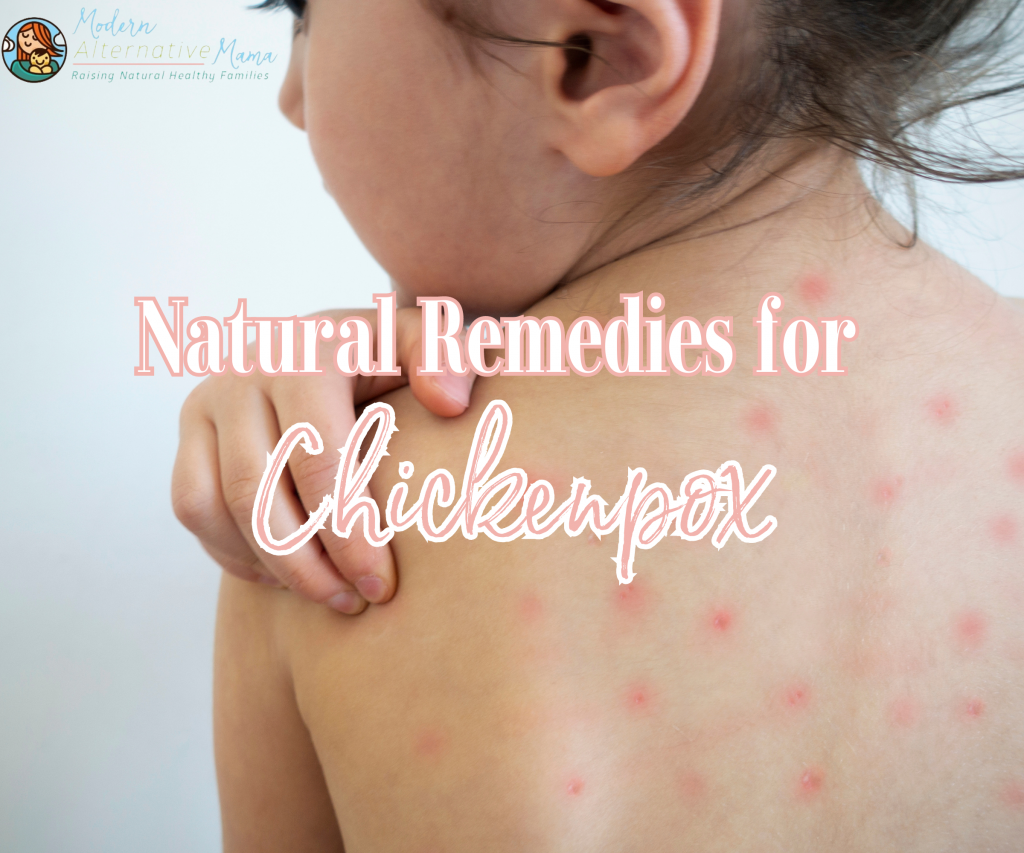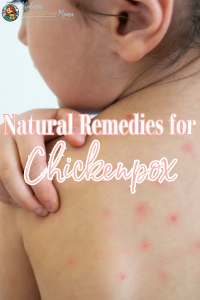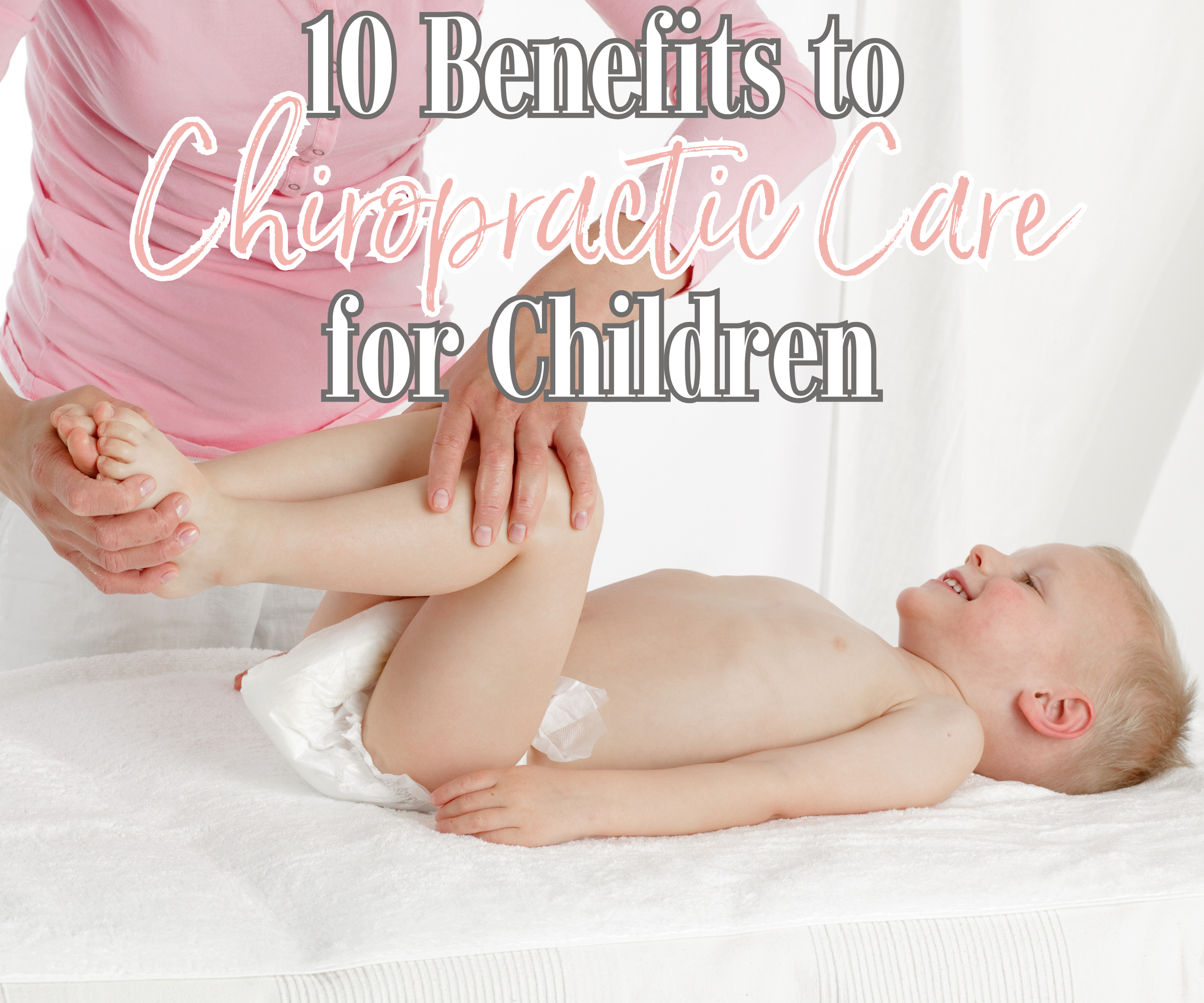Chickenpox. We’ve all heard of them, and many of us have had them – myself included. I don’t remember having chickenpox, but my dad has told me the story. My grandfather had just had a heart transplant, so our family couldn’t receive live vaccinations due to his immunocompromisation.
Back then, my parents (especially my dad) didn’t question doctors or vaccinations, and I was vaccinated against most illnesses, including chickenpox. Later, we learned that both chickenpox vaccine options are live, and I should have never received them – this information is vital to the story.
After getting my vaccine as a toddler, I am assuming about two to three weeks later, I developed a chickenpox rash. I was not allowed near my grandfather, and my dad predominantly cared for me during my illness. My dad told me how I was so itchy, and he couldn’t get me to stop scratching, despite telling me scratching them would make them worse.
I’ve always had a thing for picking at blemishes, so toddler me was no different. A few days into my chickenpox, I ran to my dad, pointing to my forehead, saying, “Look, daddy, no more chickenpox.” Today that is the home of the skin-damaged and sunken in scar from the chickenpox I thought I had defeated.
Like, I said, I don’t remember having chickenpox, but my dad still tells the story and laughs at how silly I was as a child. My dad doesn’t remember anything crazy or any complications from my time with chickenpox. I was the only child of four to get chickenpox, and thankfully my grandfather lived over 20 years with that heart.
Since I do not have natural immunity and am immunocompromised, I worry about how my body will handle exposure to a wild strain of chickenpox (or even shingles). Either way, when the time comes, I am confident in my ability to treat it naturally, and I plan to share my plan with you, but first, let’s discuss what chickenpox is.
What is Chickenpox
Chickenpox is a common, usually self-diagnosable childhood illness brought on by a viral infection. Chickenpox is most recognized for its rash, which occurs 10 to 21 days after natural or synthetic (vaccine) exposure to the varicella-zoster virus (1). Chickenpox presents as a contagious rash that turns into itchy, fluid-filled blisters. The rash usually starts on the chest, back, and face before spreading and becoming full-body. Chickenpox typically lasts about 4 to 7 days and then scabs (2). Chickenpox is contagious 1 to 2 days before the rash onset and is considered contagious until all the scabs have crusted over and have had no new lesions for 24 hours (3).
Symptoms of chickenpox usually occur in the following order (4):
- Fever
- Feeling tired
- Headache
- A stomach ache that lasts for one or two days
- A skin rash that is very itchy and looks like many small blisters
- Bumps filled with a liquid that looks like milky water
- Scabs after the blisters break
- Skin that looks blotchy
- Spots that fade away
Mainstream sources acknowledge there’s no allopathic treatment for chickenpox, although they may prescribe antivirals. Their primary solutions are cold baths and camomile lotion. Additionally, they stress prevention through vaccination, claiming it is “very safe and effective at preventing the disease” (5). So let’s use this as an opportunity to discuss the two available chickenpox vaccines – Varivax and ProQuad.
According to the CDC, the Varivax vaccine contains the following ingredients: sucrose, hydrolyzed gelatin, sodium chloride, monosodium L-glutamate, sodium phosphate dibasic, potassium phosphate monobasic, potassium chloride, MRC-5 human diploid cells including DNA & protein, sodium phosphate monobasic, EDTA, neomycin, fetal bovine serum (6).
According to the CDC, the ProQuad or the MMRV (Measles, Mumps, Rubella, and Varicella) vaccine contains the following ingredients: MRC-5 cells including DNA and protein, sucrose, hydrolyzed gelatin, sodium chloride, sorbitol, monosodium L-glutamate, sodium phosphate dibasic, recombinant human albumin, sodium bicarbonate, potassium phosphate monobasic, potassium chloride, potassium phosphate dibasic, neomycin, bovine calf serum, other buffer, and media ingredients (6).
First and foremost, the chickenpox vaccines contain the live, attenuated (weakened) varicella-zoster virus (7). Live vaccines pose a risk of transmission, although studies claim there is no “major” risk (8). There was a documented case of varicella-vaccine virus transmission from a healthy 12-month-old child to his pregnant mother after he was vaccinated (9). Not only did the child get the vaccine and contract the illness, but he then spread it to his mother.
Despite studies claiming transmission isn’t a “major” risk, the ProQuad and Varivax vaccine inserts state vaccine virus transmission is a possibility. They also have many warnings, precautions, and adverse events, including a known 5% and 10% adverse event rate (10,11).
In my opinion, the risks far outweigh the benefits (for most). The vaccine has many risks and can cause the illness it’s meant to prevent. Not to mention the illness is just a rash for a few days. Instead of taking excessive preventative measures via vaccination, I’d recommend natural immunity and focusing on managing the illness if or when exposed. So let’s discuss natural remedies for chickenpox.
Natural Remedies for Chickenpox
When it comes to chickenpox, a fever is usually the first symptom. Suppose you read How to Handle Fevers Naturally. In that case, you already know the importance of letting a fever work its course and how fevers reducing on their own is vital to recovery from any illness. So just some quick reminders to naturally support the body during a fever:
- Rest
- Keep comfortable
- Stay hydrated
- Take detox baths
- Support the lymphatic system
Earthley’s Ultimate Guide to Fevers is an excellent resource if you’re looking for more in-depth solutions surrounding fevers.
Aside from fever management, when dealing with chickenpox, you can manage symptoms and address the virus by utilizing antiviral herbs, so get to it.
Addressing Viruses
As we discussed earlier, chickenpox is a viral infection, meaning antibiotics would be ineffective (12). For most viral infections, treatments can only help with symptoms while you wait for your immune system to fight off the virus naturally. So why not use natural antibiotics with antiviral properties, such as oregano oil or fermented garlic honey?
Oil of Oregano has antibacterial, antimicrobial, and antiviral properties, amongst many other beneficial properties (13,14,15). Oil of Oregano is made by infusing extra virgin olive oil with dried oregano leaves, creating a robust and ingestible “natural antibiotic” widely used in the natural community.
Fermented Garlic Honey has immunomodulatory, antioxidant, anti-inflammatory, and antibacterial properties, relieving upper respiratory tract infection symptoms (16,17,18,19). Fermented Garlic Honey is made by fermenting garlic cloves in honey, creating a “natural antibiotic” commonly used in the natural community.
Addressing Headaches
Headaches are common when dealing with chickenpox. The best way to approach a headache is to tackle inflammation. Inflammation is the body’s way of healing and fighting off infections, but chronic inflammation can cause serious problems (20). Two fantastic herbs are peppermint and ginger.
Peppermint has anti-inflammatory properties and helps relieve headaches and migraines thanks to its cooling sensation (21,22). Peppermint’s ability to relieve certain headaches is likely due to the menthol in peppermint oil. Menthol increases the blood’s flow and provides a cooling sensation that assists in easing pain (23). In one clinical study of 35 people with migraines, when participants applied peppermint oil to the forehead and temples, the pain was reduced significantly after two hours compared to a placebo oil (24). In another study of 41 people, when participants applied peppermint oil topically to the forehead, they found it to be as effective for headaches as 1,000 mg of liver and kidney-damaging acetaminophen (25).
Turmeric has compounds called curcuminoids; curcumin is turmeric’s main constituent and has a powerful anti-inflammatory effect (26). Curcuminoids are known for their medicinal properties, which have been used in India for thousands of years (27). Studies have shown that curcumin matches the effectiveness of some anti-inflammatory drugs without the dangerous side effects (28).
Ginger has an active constituent called gingerol, which is most studied in ginger (29). Gingerol has many known medicinal properties and a long history in traditional and alternative medicine. Most importantly, gingerol has robust anti-inflammatory and antioxidant properties. Studies have found ginger inhibits protein kinase B (Akt) and nuclear factor kappa B (NF-κB) activation, thus causing an increase in anti-inflammatory cytokines and a decrease in proinflammatory cytokines (30).
Of course, Eathley offers some amazing products to help with these discomforts, such as Earthley’s Ginger Root Capsules, Pain Potion, and Anti-Inflammatory.
Addressing Stomach Aches
A stomach ache or abdominal pain can occur for one or two days before the chickenpox rash appears. Stomach aches can present as mild or severe pain and can cause an onset of nausea and vomiting. Addressing nausea and vomiting without mainstream solutions can be pretty straightforward, as many herbs are great for these symptoms.
Astragalus may alleviate symptoms of chemotherapy, like nausea and vomiting. One study discovered people undergoing chemotherapy who were given IV astragalus experienced reduced nausea, vomiting, and diarrhea (31). Another study found astragalus eased nausea and vomiting in colon cancer patients undergoing chemotherapy (32).
Fennel is a carminative herb rich in volatile oils that help the gut soothe and remove gas from the digestive tract (33). Between being a carminative herb and its anti-inflammatory properties, fennel is great for improving overall digestion and upset stomach. Fennel soothes upset tummies, gas, bloating, and other digestive distress (34). One study found that supplementing dietary fennel seed powder improves appetite, digestion, nutrient absorption, and immunity (35).
Why not opt for something like Earthley’s Feel Better Fast, which has both of these herbs? Feel Better Fast is an herbal tincture created to quickly knock out coughs, sniffles, and upset tummies. This tincture combines herbs like echinacea root, fennel seed, astragalus root, elderflower, and cinnamon to nourish your body with vitamins and minerals to help it heal quicker.
Addressing Skin Rashes
The most recognized symptom of chickenpox is the skin rashes. When chickenpox rashes form, you could make natural remedies like Homemade Healing Salve or Calendula Salve. Another option would be herbs like comfrey and calendula.
Comfrey has been used for over 2,000 years to treat various ailments. Comfrey is widely known for its anti-inflammatory properties (36). Comfrey has demonstrated antimicrobial and antifungal effects in several studies (37,38). So it’s no wonder comfrey is a great herb for wound healing. One study showed that comfrey could help heal abrasion wounds (39). Another study demonstrated topical application of comfrey cream led to a quicker regeneration of skin cells within 4–7 days (40).
Calendula has been used internally and topically for centuries to heal wounds, burns, and rashes. For instance, a test-tube study determined that calendula extract increased the amount of collagen in wounds as they healed, which is necessary to form new skin (41). In animal studies, rats treated within an eight-day window had a 90 percent closure of their wounds, compared to only 51 percent of those who had not used the plant-based topical treatment (42). Additionally, calendula’s antioxidant content reduces skin damage caused by oxidative stress and has anti-aging properties that may improve skin health (43,44).
Of course, if you don’t have these herbs on hand and DIY projects aren’t your thing, you could always opt for something like Earthley’s Anti-Itch Soap, All-Purpose Salve, or Sun Soothe.
Disclaimer: This post is not intended as medical advice. These statements have not been evaluated by the FDA, and nothing in this post is intended to diagnose, treat, or cure anything. If you have questions, please do your own research or seek advice from a health professional.







